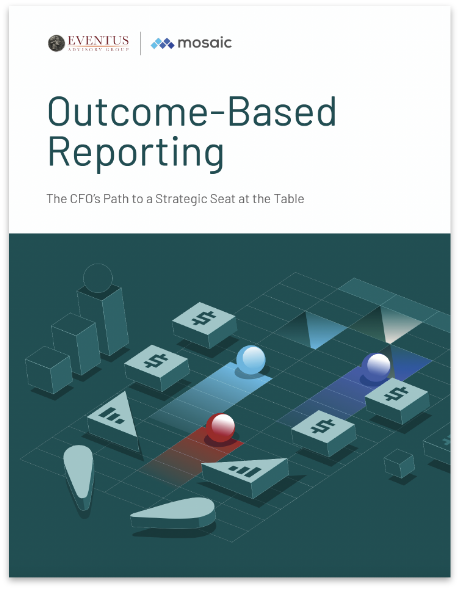No one likes to think about collections. Selling is sexy, building products are innovative, solving customer’s problems is fulfilling. Collections aren’t’ fun. It’s when you have to ask to get paid and maybe have a difficult conversation. Regardless of the uncomfortable nature of collections, it’s essential and you have to focus on them.
1. Build a process around collections. Make it routine. Monitor your Accounts Receivable (AR) and know who should reach out to the client and when. The internal person could differ by client, but everyone has to know their role. However, they won’t know what to do if you don’t have a centralized monitoring system for aged AR and a process to follow.
2. Compensate on collections, not sales. A sale is only as good as the money you collect for it. Make sure your performance plans and compensation/commissions plans are based on collections or you could end up with a lot of sales that waste your company’s time and resources.
Your clients won’t be shy in telling you when they can’t afford things. You are perfectly in your rights to talk with your vendors and ask for a discount or break. Don’t go into these conversations lightly. There is a difference between asking for help because you need it, or hunting for a bargain.
For better prices, the easier route is to find a substitute and ask the current vendor to match the rate. Don’t make threats and don’t try to use these actions as bargaining chips. You should always be on the lookout for better service and better prices, however, how you communicate this with your vendors will set the stage for your future relationship. Make sure you treat them like you would want to be treated by your clients.








